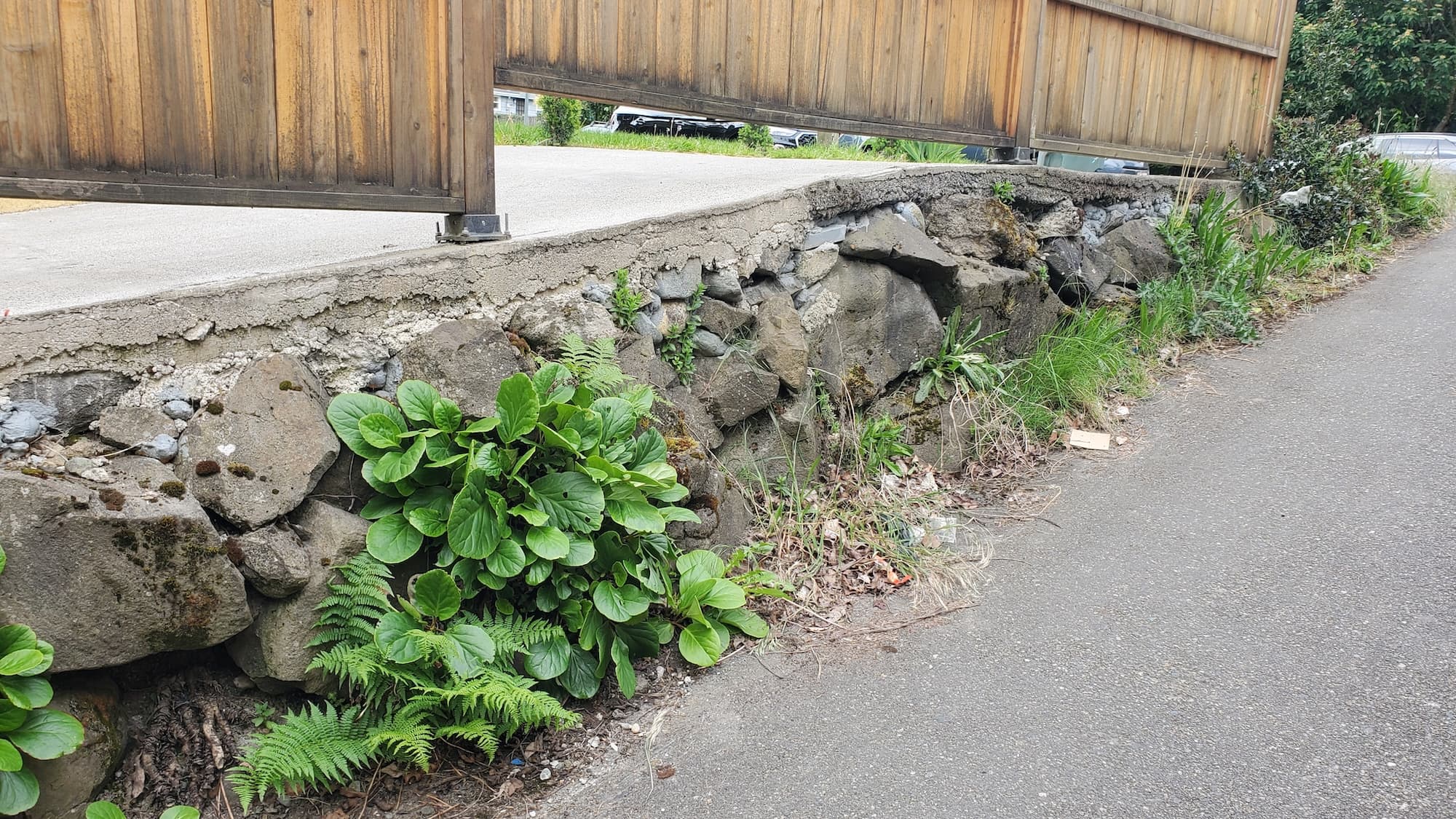Weeding Remove ivy from walls
Homeowner’s Issue
Weeding yards and properties see a lot of rainfall, shady corners, and compacted heavy soils that favor ivy more than many ornamental plants. Many homes here have north- or west-facing walls that stay damp through the fall and spring, encouraging ivy to cling, hold moisture against masonry, and invite moss or rot. On slopes and in drainage swales around older neighborhood sections and near White Center or West Seattle edges, running roots can pull soil and destabilize low retaining walls. HOA rules in the area often require tidy façades and safe setbacks, so unmanaged ivy can become a compliance issue as well as a maintenance headache. Homeowners report repeated regrowth when crews only cut vines at the surface — the tough crown roots and shaded runners keep coming back. Curb appeal drops when brick, siding, or mortar is masked by dense vines, and pests like slugs or wasps hide in the mat. The biggest local challenges are wet winters that preserve root collars, shallow soils that let roots spread laterally, and established ivy entwined in fences, gutters, or under eaves. A sustainable, manual approach avoids herbicides, reduces long-term maintenance, and protects beneficial soil life that Seattle yards depend on.
Our Quality Service
We remove ivy from walls using hand tools, pruners, and careful root extraction to prevent regrowth without chemical herbicides. We assess how vines attach to brick, stucco, or wood and choose methods that minimize surface damage. Working around Seattle’s frequent rain, we time jobs to reduce tracking mud and to allow walls to dry after removal. Benefits include improved drainage on slopes, reduced moisture against structures, clearer inspections for damage, better curb appeal, and lower long-term maintenance needs.
What’s Included
- Site assessment and photographed condition report
- Manual cutting and detaching of vines from walls
- Root and crown removal where accessible to reduce regrowth
- Debris removal: choice of haul-away or sorted for green bin
- Light cleanup and tidy edging around affected beds
Options / upgrades:
- Mulch + landscape fabric for high-risk strips
- Organic, physical-based preventative treatments (no herbicides)
- Replacement plant suggestions with low-maintenance natives
- Wall repair referrals for masonry or siding damage
Before & After / Expectations
- Expect some noise from cutting tools and trucks on service day; jobs can take a half-day to a full day depending on size.
- Access: please clear gateways and mark buried irrigation lines before we arrive.
- Debris: we’ll remove most material; please choose haul-away or green-bin drop-off.
- Aftercare tips for Weeding yards: keep removed areas mulched, inspect damp walls each spring, water new replacements deeply but infrequently, and hand-pull any small regrowth early. Watch for moss in shaded north walls and improve airflow where possible.
FAQs
How long until ivy stops regrowing?
Complete root removal plus seasonal follow-ups (one or two visits over 12 months) greatly reduces return. Expect initial regrowth checks within 6–12 months.
Can you work on brick and older mortar?
Yes — we use non-invasive detachment techniques and note any existing damage for careful repair referrals.
Will you use herbicides?
No. We use only mechanical and organic methods to protect local soil and waterways.
Do you handle steep slopes or fences?
Yes. We have experience on slopes and around fences common near Highline and White Center borders; we’ll tailor safety measures.
Call to Action
Weeding homeowners: book a free estimate for ivy removal and sustainable yard care. Fast scheduling, reliable local experience, and clear, no-surprise quotes. Email neatandtidyseattle@gmail.com or call 206-538-9344 to arrange a visit.










